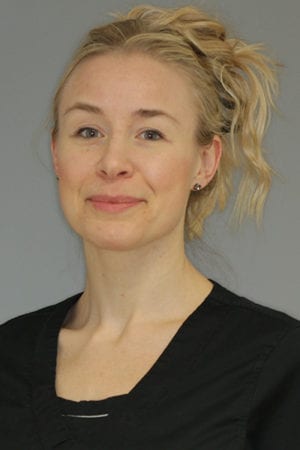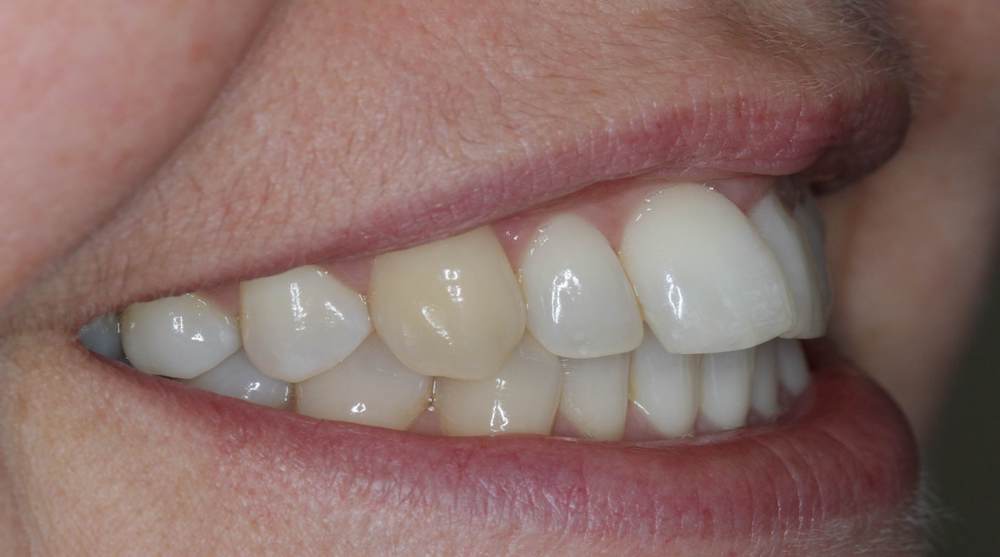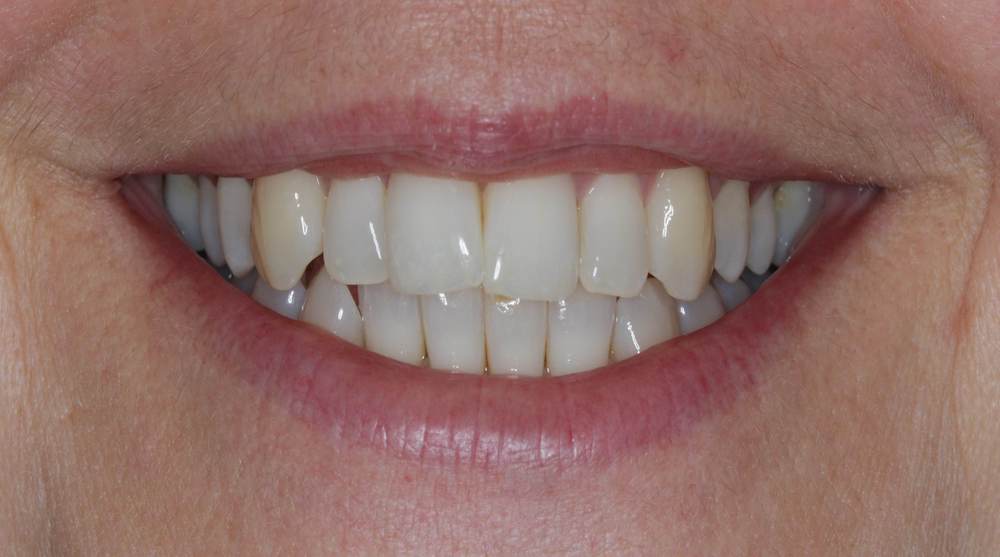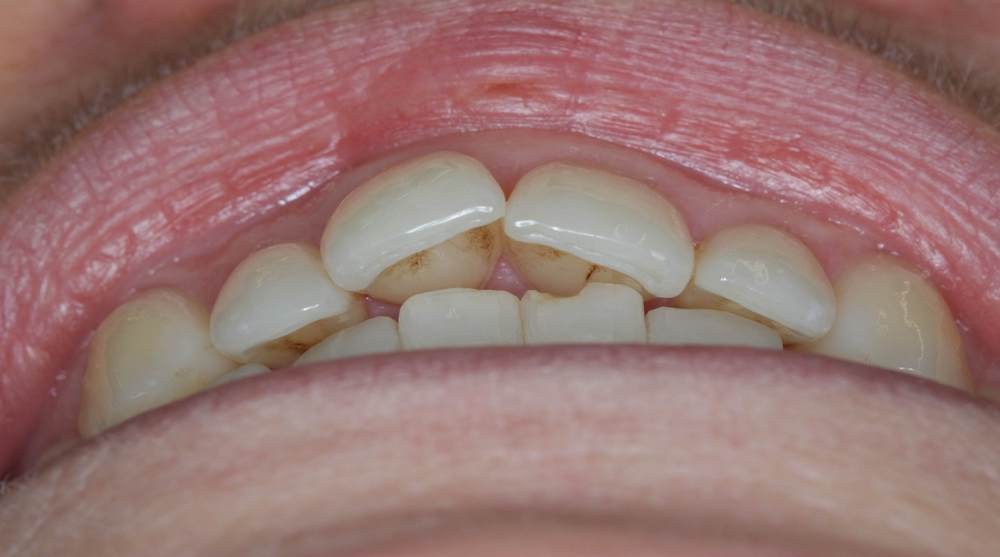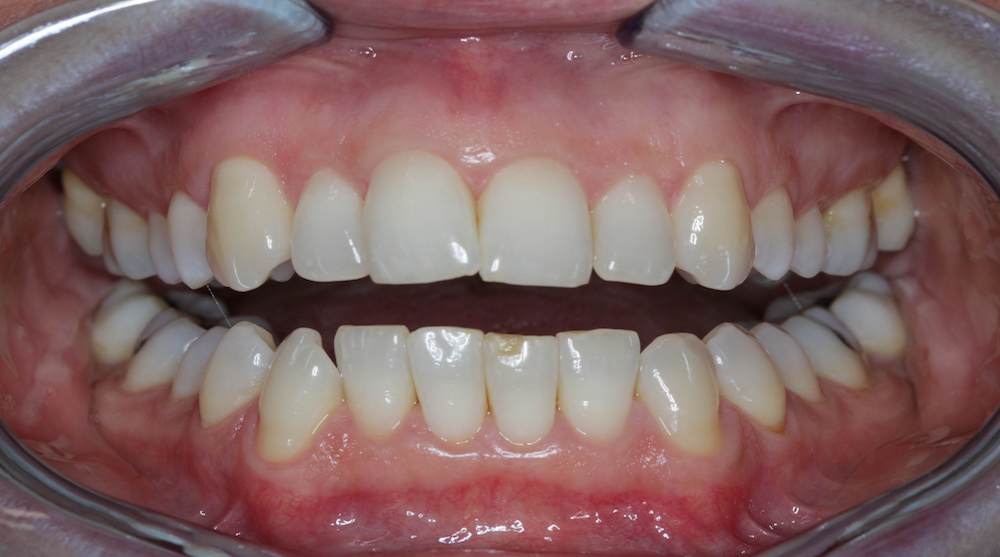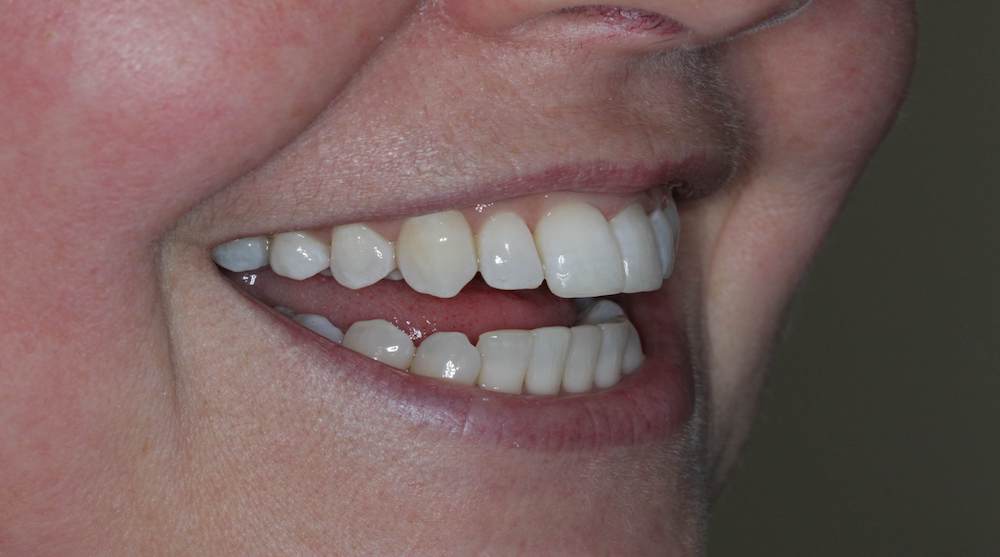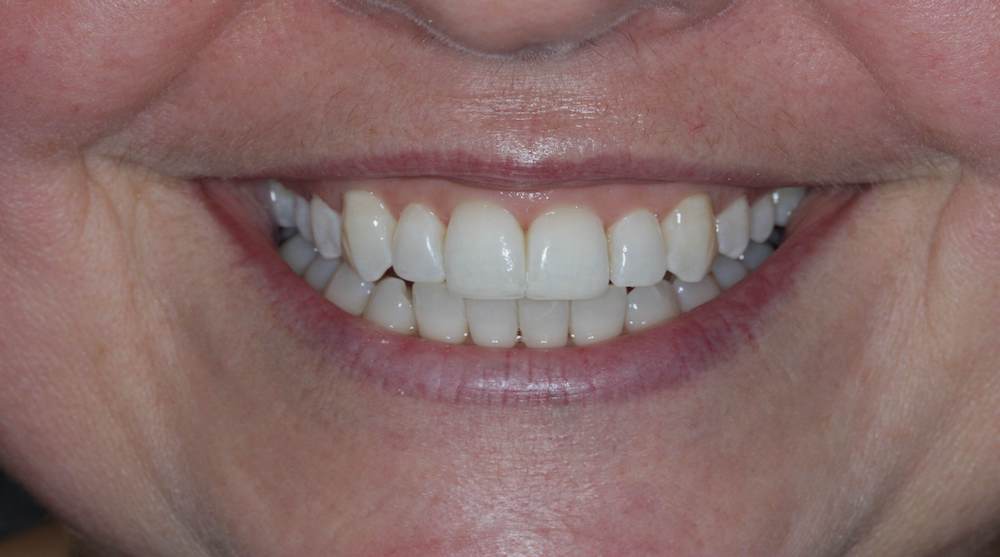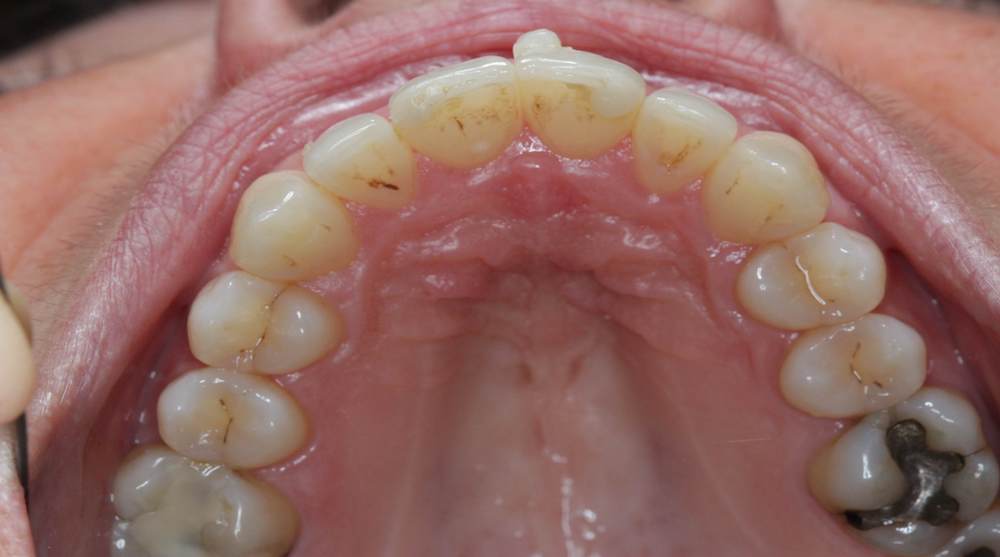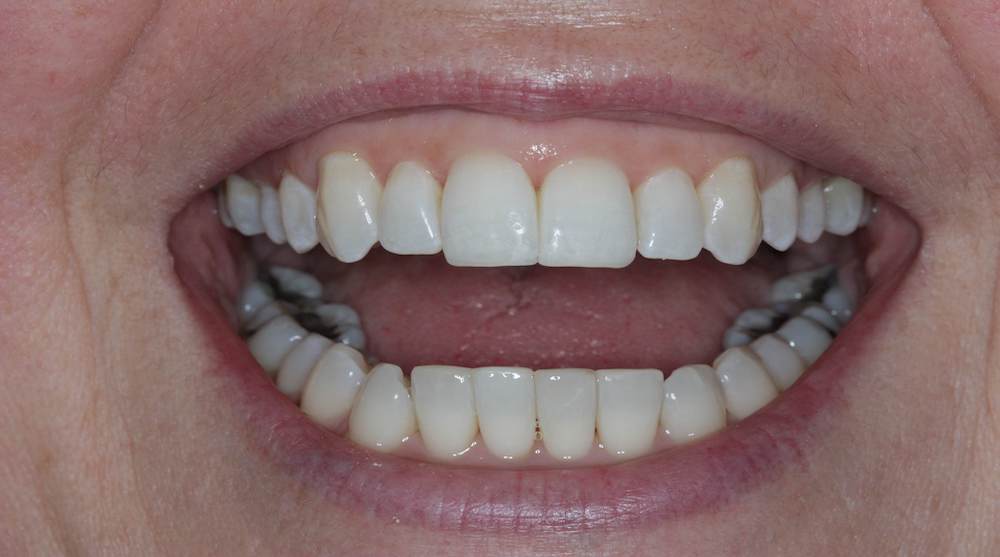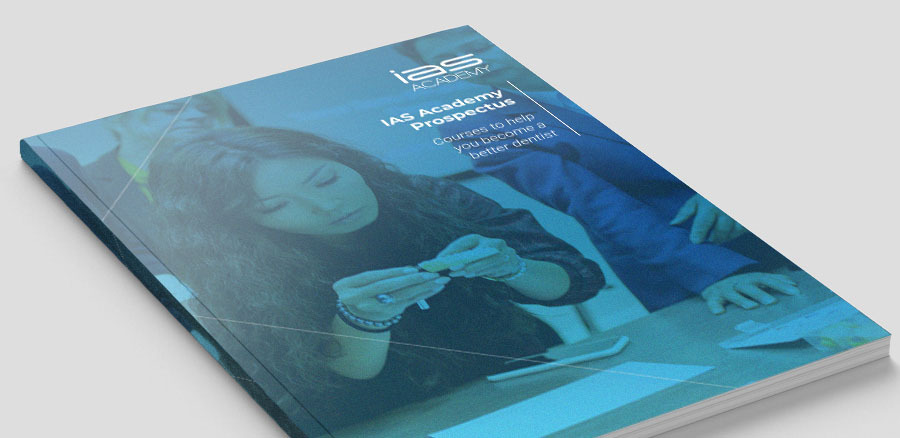The IAS Academy – A Pioneer of Alignment
For anterior crowding or protrusion, the IAS Inman Aligner is the perfect solution for predictable, safe and effective alignment in simple to moderate cases.
“Since taking the course in London in September 2013, I have been extremely impressed with both the IAS Academy and the IAS Inman Aligner,” says Rikke Vestmann Jakobsen from Tandlægerne i Gug dental practicein Denmark.
“I am proud to be able to offer an appliance that provides an alternative pathway for patients who do not wish to undergo comprehensive orthodontics.
“I have a great respect for the work of the team at IAS Academy and the philosophy behind the appliance.
“The training itself was direct, informative and thoroughly enjoyable – I couldn’t fault the delivery or the instructors. The online support has also been invaluable. I highly recommend the IAS Inman Aligner and the IAS Academy to other practices.”
Contact the IAS Academy to find out more.
Patient complaint
The patient presented to the practice when she discovered she had chipped her lower left central incisor and wanted to restore it as soon as possible. Due to the patient’s occlusion, composite restoration would not produce successful or lasting results. This was explained to the patient, suggesting the best possible pathway would be to undergo orthodontic treatment before having composite resin placed on the chipped lower left central incisor, but the patient chose to have the composite only. Six months later, the restoration failed and the patient presented to the practice to discuss her options.
Treatment process
As it was a simple case, minimally invasive anterior alignment was suggested, rather than comprehensive, fixed orthodontics. All information was presented to the patient, who agreed that it was a suitable, less invasive pathway.
Once the case assessment and bite registration were complete and the X-rays and dental photographs had been taken, the treatment began with the alignment of the upper arch. When complete, an Essix removable retainer was provided to prevent relapse. The appliance was used while the lowers were being aligned with the IAS Inman Aligner to ensure the patient had full bite functionality. On completion, the finishing touches were carried out. After the patient used a 6% hydrogen peroxide home tooth whitening kit for 12 days, composite edge bonding was performed on the upper centrals, lower laterals and central incisors. Lastly, fixed retainers were bonded in both arches.
Outcome
I would have liked to move the uppers further back but the patient had opted against this, and as a result, the vertical and horizontal dimensions of occlusion remain unchanged. Apart from that, the process went smoothly and both the patient and I were happy with the result. The IAS Academy was extremely supportive throughout the case and the use of the online support was invaluable.

